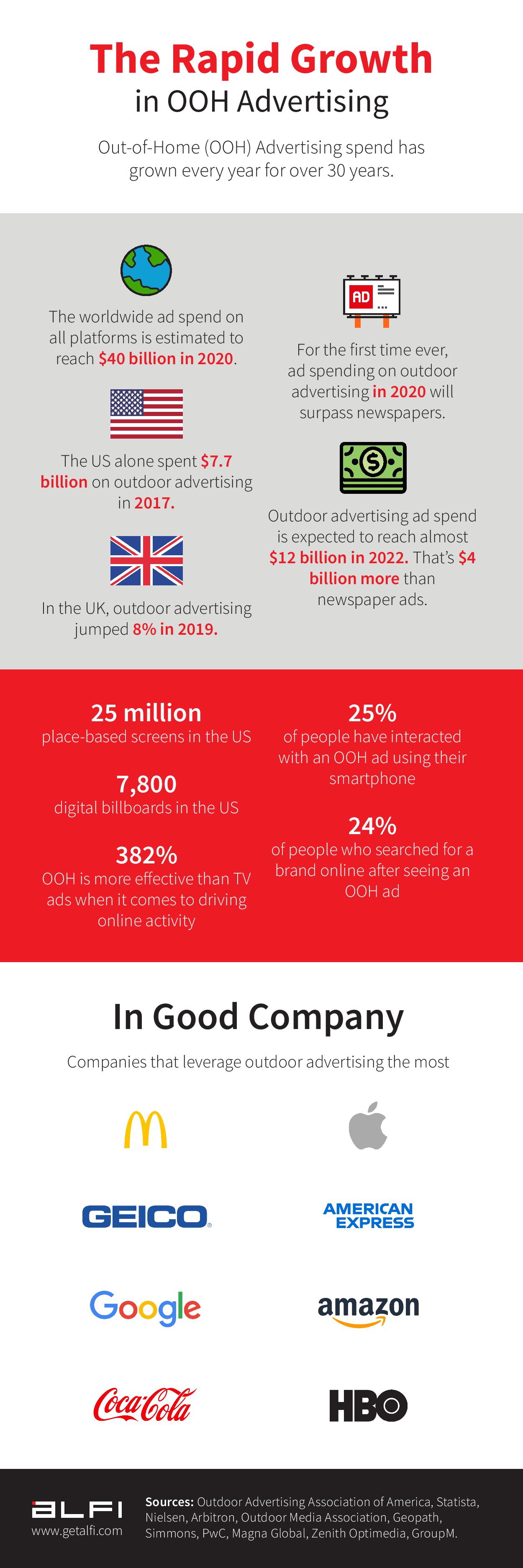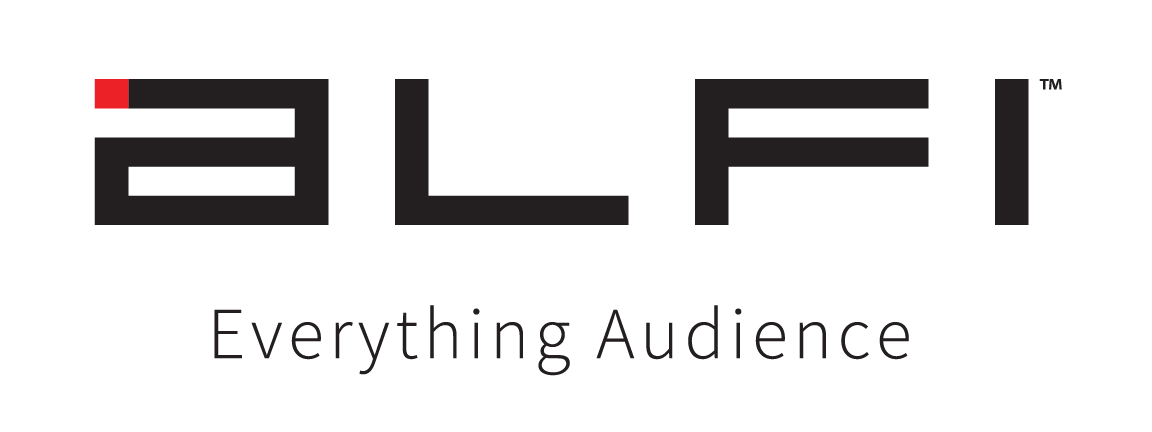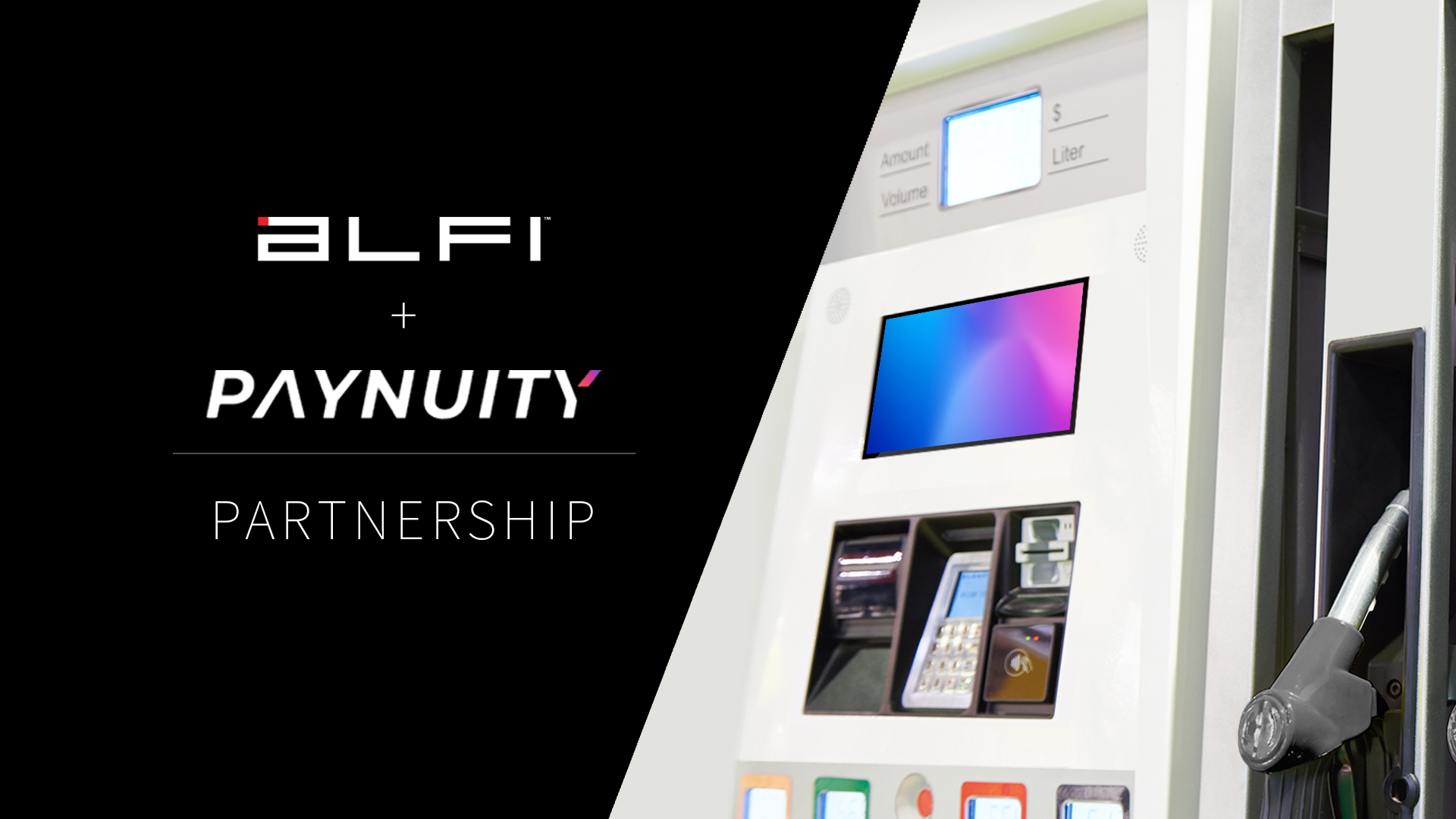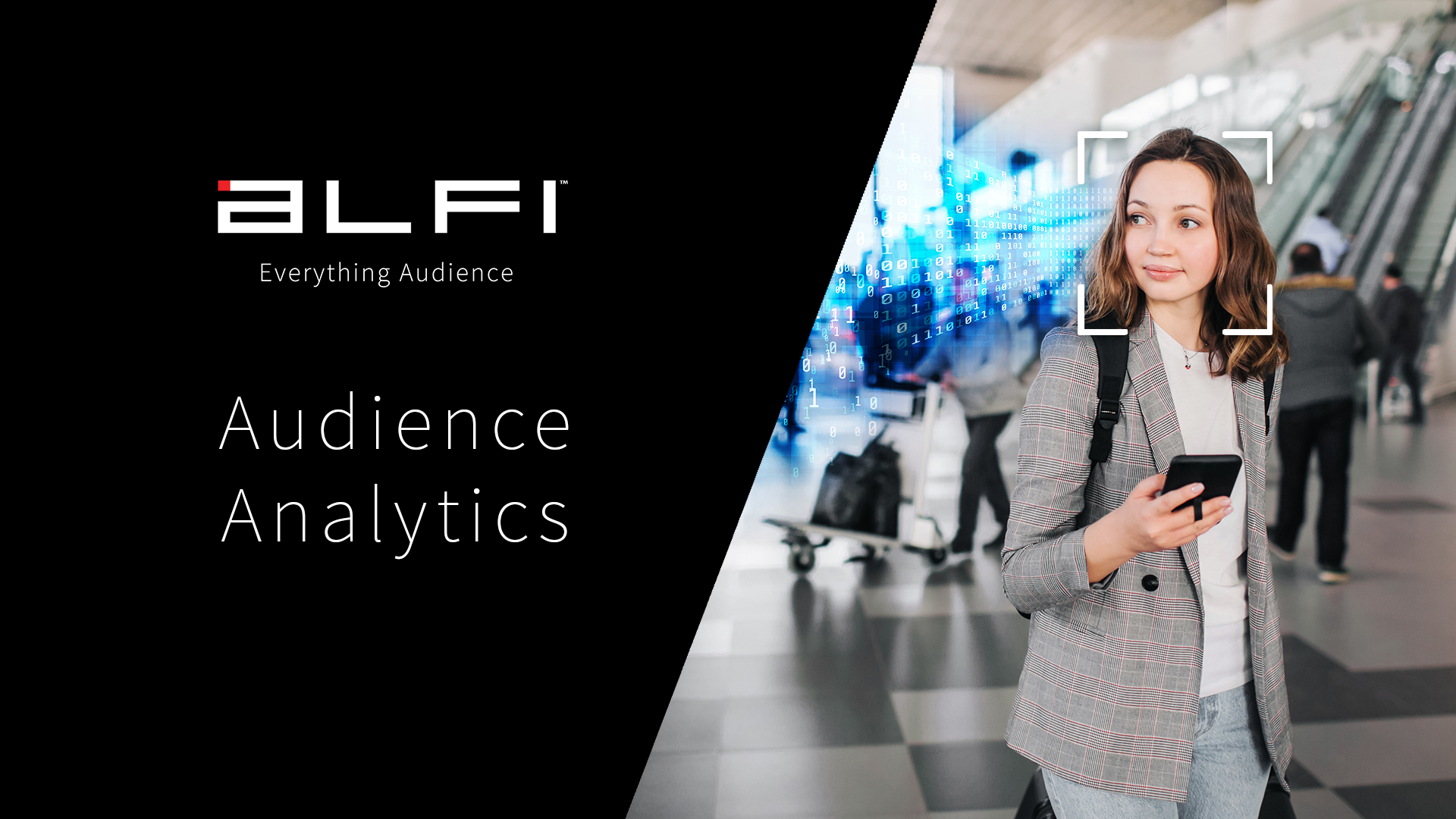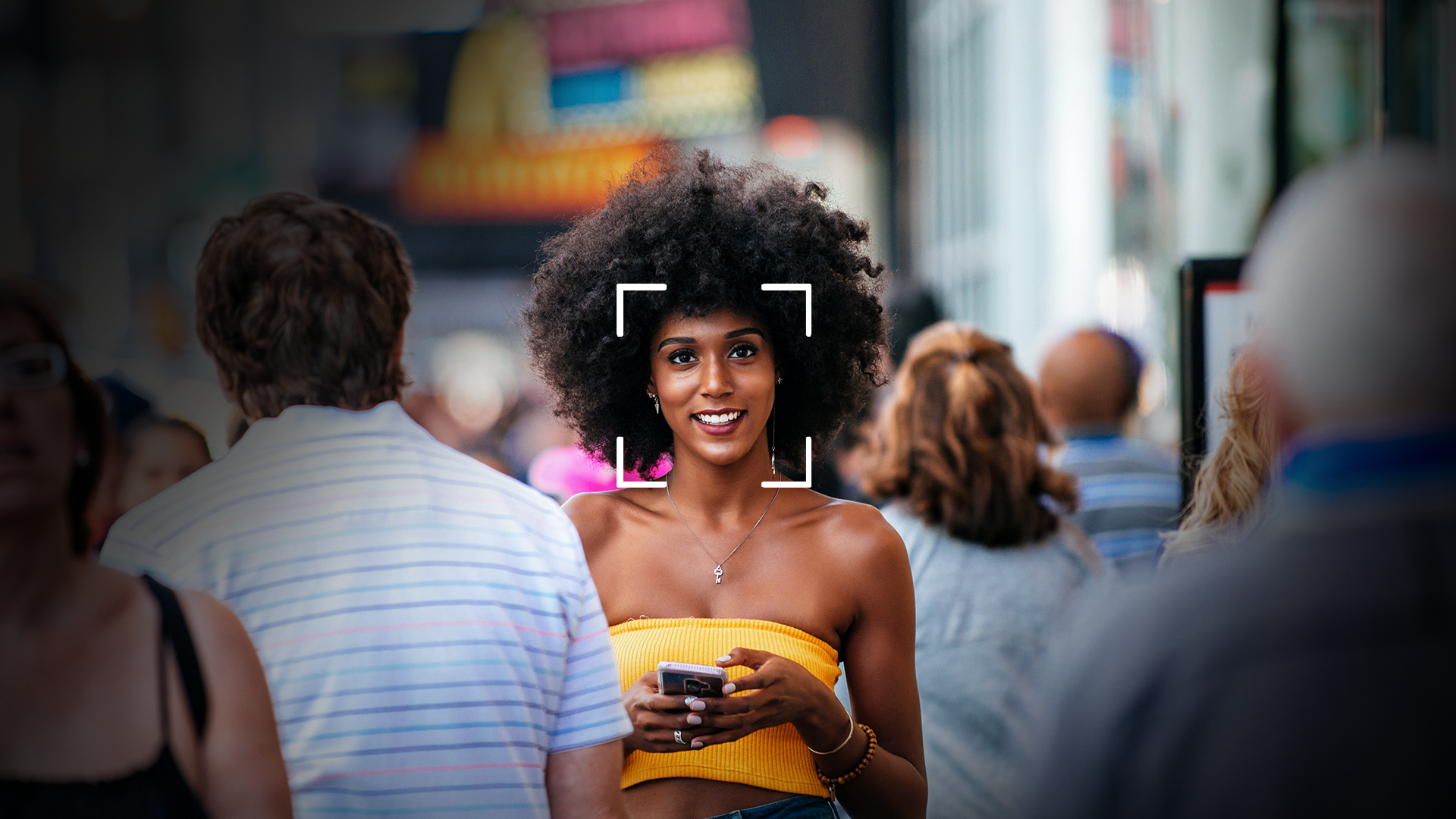OOH, out of home advertising, is a great way for brands to reach thousands of people every day. But with new channels such as Google, Facebook, Instagram, and Snapchat, are traditional advertising mediums like billboards still relevant?
In this post we’re going to talk about:
- What is OOH advertising?
- The types of OOH advertising
- The benefits of OOH advertising
- What is DOOH advertising?
- And finally why is DOOH Booming?
What is OOH Advertising?
Out of home advertising, usually referred to as OOH advertising, is any type of visual advertisement you see outside your home that is not on your mobile devices. This category generally includes anything from billboards and buses to digital signages at airports and cabs.
From our mobile phones to web searches, we all encounter advertisements every day. Although digital advertising is getting more and more popular, people still spend a lot of time outside and ooh advertising still proves to be effective. Big brands like Apple, McDonald’s, Verizon, and Coca Cola regularly choose out of home advertising in their campaigns.
What are the types of OOH advertising?
OOH advertising includes:
- Billboards,
- Bus shelters,
- Phone booths,
- Kiosks,
- Signages and digital screens at malls, hospitals, airports, restaurants, theme parks, museums
You get the idea.
Apple’s famous “Shot on iPhone” campaign that you see everywhere in the city from bus stops to billboards is a prominent example of out of home advertising.
What are the benefits of OOH advertising?
Media buyers often struggle with the reach of their digital advertising campaigns as there are a number of obstacles on their way. Most people use adblockers to start with. For those who don’t use adblockers, the amount of ads they see in just a couple of minutes is too much. Therefore, that pushes the advertisers to work hard to capture people’s attention.
With OOH, advertisers do not need to worry about these obstacles. Unless people are covering their eyes when they walk or wait, the audience simply cannot escape the ad. There are also no adblockers in real life, so the ooh ads are unavoidable.
Another perk of OOH that media buyers love is that according to research conducted by Ocean Neuroscience, consumers are 48 percent more likely to interact with a mobile ad after seeing the same ad out-of-home. Similar research from Nielsen and the OAAA tells us that 46 percent of adults participated in a survey went online to search for the product that they saw on an OOH advertising. More than anything, OOH advertising adds trustworthiness to a brand and its campaigns.
Naturally, the effectiveness of OOH and newly developed technologies lead to a new type of advertising, DOOH advertising.
What is DOOH advertising?
DOOH, short for digital out-of-home advertising, is the digital version of the traditional out of home advertising. This category of advertising includes touch-screen kiosks at places like museums or outdoor kiosks, tablets in waiting rooms at hospitals, dentists, or restaurants.
Digital out of home advertising is living its golden age in 2020. Its contribution to revenue for OOH companies was once as little as 2 percent several years ago. However, DOOH now accounts for 60 percent of revenues. PQ Media’s research shows that DOOH accounted for 28.3 percent of all OOH advertising in 2019. They predict that this number will increase to 38.3 percent by 2023.
That’s a great increase that shows you the future of outdoor advertising.
Why Is DOOH Booming Lately?
DOOH took a traditional advertising medium like billboards and bus stop ad spaces and turned them into interactive, bright-colored, and moving ad spaces. With technologies like location tracking and machine learning, digital out of home advertising is becoming more and more interactive for audiences.
With digital advertising, privacy is another issue advertisers run into. Channels like Facebook and Google raise privacy concerns all the time. DOOH removes the privacy concerns from the equation while delivering the same if not a better return on investment.
Taking DOOH to the next level Alfi, an interactive intelligent software, shows the person who is looking at the screen content based on their demographics. While the screen can be anything from a tablet at a waiting room, a hotel lobby, or an interactive airport map to a kiosk at a museum or a mall. On Alfi-installed devices, advertisers can target people based on their age, gender, ethnicity, location, and even emotion without violating the user’s privacy. After campaigns are live, advertisers can also optimize their ad campaigns with data such as emotion, keyword recognition, eye tracking.
Sounds good? Talk to Alfi now to find out more about how you can increase your ROI in advertising.
